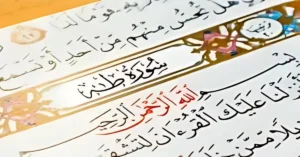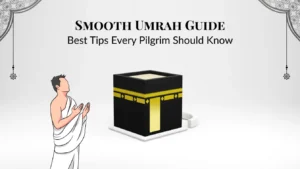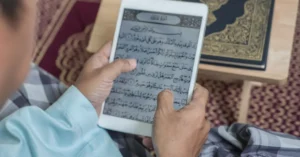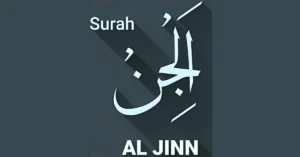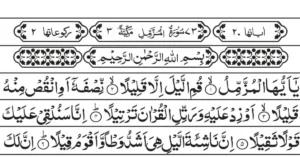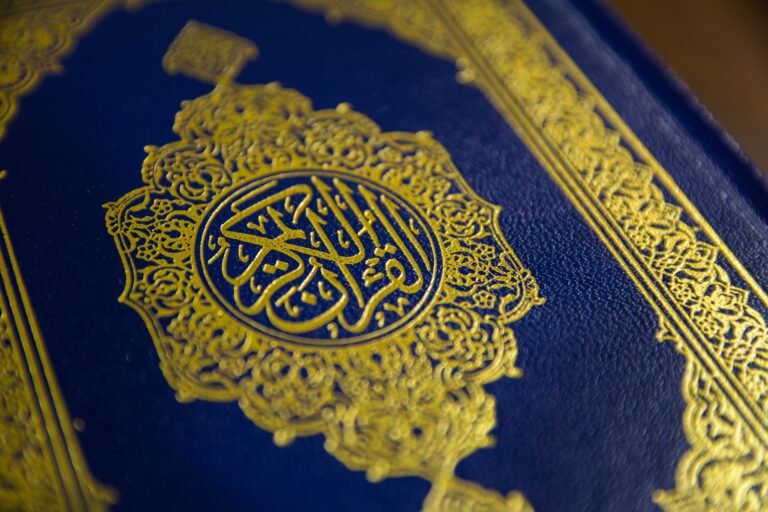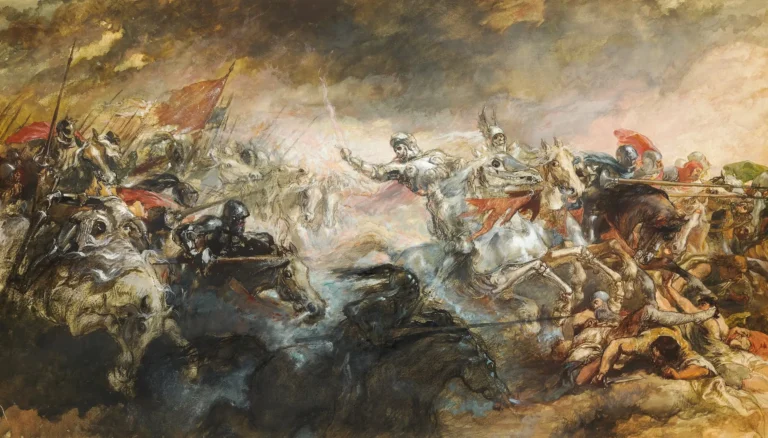Introduction
The Battle of the Trench, also known as Ghazwa Khandaq, is a significant event in Islamic history that occurred in 627 AD during the lifetime of Hazrat Muhammad (saw). It was a military conflict between the Muslim community of Medina and the Meccan crews led by Quraish. Hazrat Salman (ra) advised the Muslims to dig a trench, which helped them successfully defend Medina from a larger Meccan force, demonstrating their strategic ingenuity.
The Battle of Khandaq took place after the Muslims had won the Battle of Badr but lost the Battle of Uhud. It was a testament to the early Muslim community’s unity, resilience, and determination. The battle was a turning point in Islamic history because it demonstrated the strength of the Muslims in defending themselves against their enemies.
Explore our blog for a detailed analysis of the Battle of Badr and Uhud:
Quranic Ayahs about Ghazwa Khandaq
The Battle of the Trench (Ghazwa Khandaq) is mentioned in Surah Al-Ahzab of the Quran. These verses describe the hardships faced by the Muslims during the battle and emphasize the significance of faith and perseverance in overcoming those challenges. Below are some of the verses that highlight this:

O believers! Remember Allah’s favor upon you when enemy forces came to besiege you in Medina, so We sent against them a bitter wind and forces you could not see. And Allah is All-Seeing of what you do. Remember when they came at you from east and west, when your eyes grew wild in horror your hearts jumped into your throats, and you entertained conflicting thoughts about Allah. Then and there, the believers were put to the test and were violently shaken. And remember when the hypocrites and those with sickness in their hearts said, “Allah and His Messenger have promised us nothing but delusion!” [Surah Al-Ahzab 9-12]
Digging of Trench
During the Battle of the Trench, Prophet Muhammad (peace be upon him) and his companions collaborated to dig a trench. The Prophet Muhammad (SAW) divided 1500 Muslim warriors into groups of 25 people and assigned each group to dig and protect a designated area. Hazrat Abu Bakr Siddiq (RA) and Hazrat Umar ibn Khattab (RA) were known for their commitment to high-quality standards.
During the Trench battle, Hazrat Muhammad (SAW) worked alongside every group to boost morale. He even took on the most challenging task of removing the dust and stones from the Trench.
Facts about the Battle of the Trench (Ghazwa Khandaq)
The Battle of the Trench (Ghazwa Khandaq) was a significant event during the time of Hazrat Muhammad (saw). Here are some important facts about this battle:
- The Battle of the Trench occurred in the fifth year of the Hijra. During the migration of Hazrat Muhammad (SAW) and his followers from Mecca to Medina.
- When Abu Sufyan led an army of 10,000 soldiers towards Madinah, Prophet Muhammad (SAW) and his companions devised a defensive plan.
- Hazrat Salman Farsi (RA) suggested digging a trench around the northern border of Madinah. The other two sides were covered by dense forests and mountains.
- Hazrat Salman Al Farsi (RA) said that the north end of Madinah is the only area that citizens need to protect. As the surrounding mountains and dense forests defend the remaining borders.
- It took the Muslims six days to dig a 5.5-kilometer-long, 9-meter-wide, and 4.5-meter-deep trench to protect their city.
- It is said that a miracle occurred while digging the Trench at Mount Ru’yah. When Prophet Muhammad (SAW) struck a large rock, it broke into pieces and emitted light.
- In a significant historical event, a force of 3000 Muslim soldiers defeated a much larger army of 10,000 Quraish soldiers, establishing the power of Prophet Muhammad (SAW).
Miracles during the Battle of Trench
During the Battle of Trench (Ghazwa Khandaq), several extraordinary events occurred that were considered miraculous by the Muslims. There are a few mentions of miracles during the Battle of Trench (Ghazwa Khandaq).
Splitting of the Rock
During the Battle of the Trench (Ghazwa Khandaq), Prophet Muhammad (peace be upon him) performed a miraculous that has become quite well-known. As the Muslims dug the Trench, they came across a huge rock that was extremely tough to break. Prophet Muhammad (peace be upon him) then used a pickaxe to strike the rock, which caused it to split into pieces with a bright flash of light. This miraculous event was a sign of divine assistance and encouragement for the Muslims fighting in the battle.
Feeding a Thousand People
According to Islamic tradition, Prophet Muhammad (SAW) performed a divine miracle by feeding a thousand people with a small amount of food. This act demonstrated his compassion and generosity towards others, and despite having limited resources, the food remained untouched after everyone had eaten their fill.
Divine Intervention with the Winds
One of the most remarkable events during the battle was the strong winds that blew the night before. These winds caused the enemy’s tents to collapse, and their morale weakened. Despite being outnumbered and outmatched in terms of weaponry, the Muslims were able to defend themselves. This was considered by many as a sign of divine intervention and Allah’s (SWT) support for the Muslims.
The battle of the Trench miracles showed Allah’s (SWT) mercy and approval, strengthening Muslims faith in Islam and Hazrat Muhammad (SWT).
Lessons from the Battle of Trench
The Battle of the Trench (Ghazwa Khandaq) offers several valuable lessons that can be applied to various aspects of life:
Unity and Collaboration
In the Battle of the Trench (Ghazwa Khandaq), Muslims in Medina, despite their differences, united to defend their city and achieved victory. This teaches us the importance of unity and collaboration. Just like the Muslims in Medina, when we work together, whether in our families, communities, or workplaces, we can overcome challenges and succeed.
Strategic Planning and Preparation
The Muslims in Medina showed excellent strategic planning by anticipating the enemy’s attack and digging a trench around the city. This highlights the importance of strategic planning and readiness to face obstacles. Similarly, in our lives, being prepared and having a plan in place can help us navigate challenges more effectively.
Faith and Trust in Divine Assistance
During the Battle, Muslims relied on their faith in Allah (SWT), even when they were outnumbered. This teaches us the importance of trusting Allah’s (SWT) guidance and support during difficult times. Just like the Muslims trusted in Allah’s (SWT) plan, we should maintain faith and trust in Allah’s (SWT) wisdom, knowing He is always there to guide us through challenges.
Leadership and Decision-Making
Prophet Muhammad’s (SAW) leadership during the battle provided valuable lessons in leadership and decision-making. We can learn from his example how to be influential leaders, make wise decisions, and take decisive action when needed.
Perseverance and Resilience
During the Battle of the Trench, the Muslims in Medina displayed remarkable perseverance, resilience, and determination. This teaches us the importance of remaining steadfast in facing challenges and difficulties, knowing that perseverance ultimately leads to success.
“The Battle of the Trench” is an event that holds significant value for Muslims even today. This event taught us valuable lessons about unity, faith, leadership, and perseverance. Reflecting on these lessons and applying them in our lives can provide us with guidance, strength, and inspiration to face challenges and strive toward success.
Frequently Asked Questions (FAQs)
Why is it called Al-Khandaq?
The Battle of the Trench was named “Al-Khandaq” from the significant defensive Trench dug around Medina. “Khandaq” in Arabic refers to a defensive trench or ditch. This defensive measure hindered direct enemy attacks, compelling them to reassess tactics and leading to the blocking’s failure. Hence, it became known as Ghazwa Khandaq, emphasizing the Trench’s pivotal role.
Why Was the Battle of Trench Fought?
The Battle of the Trench was fought because the Quraish, seeing Islam as a threat to their power and economic interests, aimed to eradicate Muslims and eliminate Prophet Muhammad (SAW).
When Was the Battle of Trench Fought?
According to Islamic traditions, the Battle of the Trench was a 30-day siege that began on December 29, 626 AD, and ended on January 29, 627 AD. It occurred during the month of Shawwal, 5 AH.
Where Did the Battle of Trench (Ghazwa Khandaq) Take Place?
The Battle of the Trench occurred near Medina, Saudi Arabia, specifically around the city’s northern border, where the defensive Trench was dug.
How Many Muslims Fought in the Battle of Trench?
In the Battle of the Trench, 3,000 Muslims (Muhajirin and Ansar) fought against a coalition of 10,000 Confederates.
Who won the Battle of the Trench (Ghazwa Khandaq)?
The Muslims emerged victorious in the Ghazwa Khandaq, successfully defending Medina against the coalition forces led by Prophet Muhammad (SAW).
How long was the Battle of the Trench?
The battle lasted around 20-30 days, though its duration needs to be precisely documented in historical sources.
Who plotted the Battle of Trench?
Banu Qurayza, Banu Nadir, and Banu Qaynuqa led a coalition of Arab crews that plotted the Battle of the Trench (Ghazwa Khandaq).
Who suggested the Muslims dig the Trench?
Hazrat Salman al-Farsi (RA) suggested digging the Trench as a defensive measure during the Battle of the Trench (Ghazwa Khandaq).

